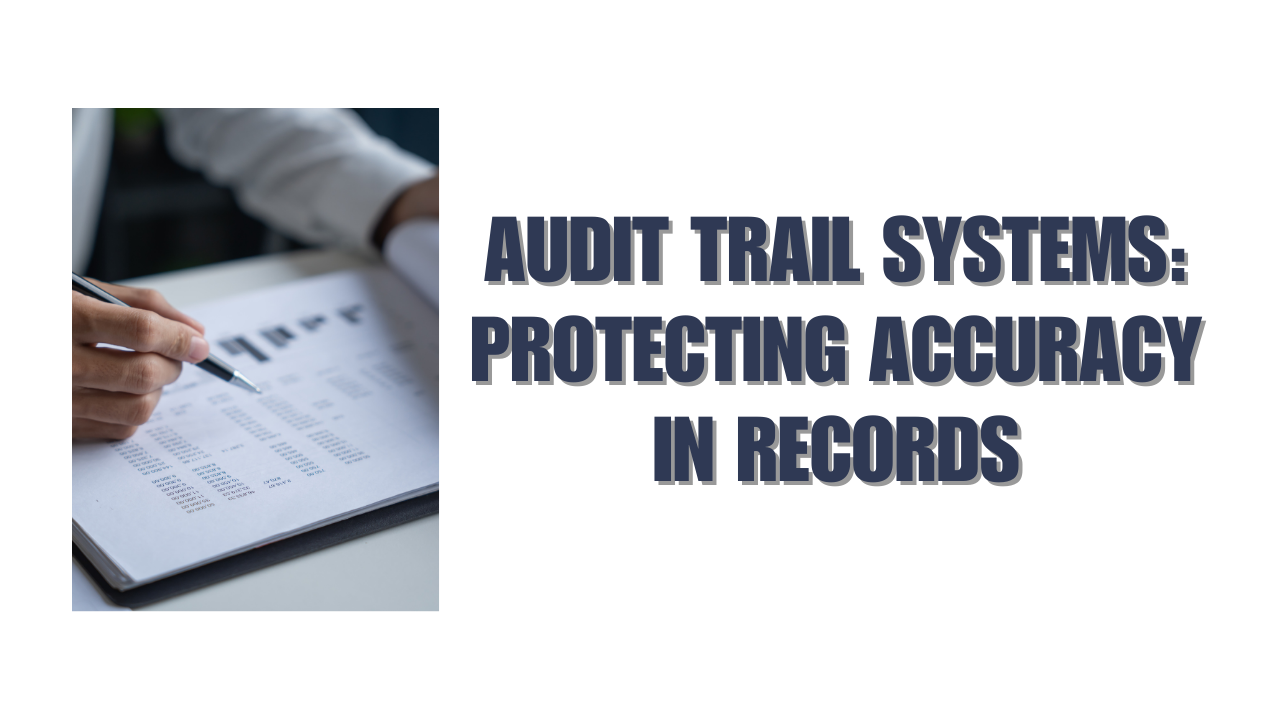Internal audits are an essential part of strong governance and risk management. They give boards, executives, and stakeholders assurance that the organisation’s processes are working as intended and that potential risks are being managed effectively. One question that often comes up is how often these audits should take place. The answer depends on the size of the organisation, the complexity of its operations, and the level of risk in different areas.
Getting the internal audit frequency right is important. Auditing too infrequently can allow issues to go unnoticed and escalate. Auditing too often can create unnecessary workload, diverting resources from daily operations. The right balance will help you manage risk without overwhelming your teams.
Why Internal Audits Are Necessary
An internal audit is not just a compliance exercise. It is a structured review of how your organisation operates, designed to identify weaknesses, check compliance with policies, and find opportunities for improvement. When conducted regularly, audits strengthen internal controls, improve efficiency, and build trust with stakeholders.
A well-planned schedule ensures that audits are timely and relevant. Without a clear plan, audits may be delayed or carried out reactively only when problems arise. This approach can lead to higher risk exposure and reduced confidence in the organisation’s ability to manage its affairs.
Factors That Influence Audit Frequency
The ideal internal audit frequency is shaped by several factors. Organisations operating in highly regulated industries, such as finance or healthcare, may need more frequent audits to meet legal and compliance requirements. Businesses handling sensitive customer data or working with high-value transactions also benefit from regular checks.
Operational complexity plays a big role. Companies with multiple branches, international operations, or diverse product lines often require more frequent audits because each area has unique risks. The results of past audits are another important factor. If previous audits found significant issues, follow-up audits may need to be scheduled sooner to ensure corrective actions are working.
The board’s risk appetite also matters. Some organisations choose to audit high-risk areas quarterly while reviewing lower-risk areas annually. Others adopt a rotational schedule, ensuring that every part of the organisation is reviewed within a set multi-year cycle.
Common Audit Schedules
Many organisations conduct annual audits of all major business units. This approach works well for smaller organisations with stable operations and lower risk. For larger or more complex businesses, a mixed schedule is common. High-risk functions such as financial reporting, IT security, and compliance may be audited every quarter or six months. Lower-risk areas may be audited once every two or three years.
Some companies use a risk-based schedule, adjusting the internal audit frequency based on the results of risk assessments. This means that areas with rising risks receive more frequent attention, while areas with consistent good performance may see fewer audits over time. This approach ensures resources are focused where they have the most impact.
Benefits of the Right Audit Frequency
Setting the right frequency has clear benefits. Regular audits create a culture of accountability, as staff know that processes and controls will be reviewed on a predictable schedule. This helps to maintain compliance with laws, regulations, and internal policies.
A well-timed audit schedule also improves efficiency. By spacing audits appropriately, you can ensure that findings from one audit are addressed before the next one takes place. This allows time for corrective actions to be implemented and evaluated.
The right schedule can also improve communication between departments. Audits often highlight the need for better coordination, clearer documentation, and stronger oversight, all of which can be addressed more effectively when audits occur at regular, manageable intervals.
Practical Steps for Setting Audit Frequency
Start by conducting a comprehensive risk assessment across the organisation. Identify the areas that are critical to achieving your strategic objectives and those that carry the highest risk. Assign an audit frequency to each area based on its risk profile.
Consult with your board, senior management, and audit committee when setting the schedule. Their insights into strategic priorities and risk tolerance will help ensure the plan is aligned with the organisation’s goals.
Review the schedule annually. Risks change over time, and so should your audit plan. If a business unit undergoes major changes, such as a new system implementation or market expansion, it may need more frequent audits in the short term.
Document your audit schedule clearly and communicate it across the organisation. This ensures everyone knows when their area will be reviewed and can prepare accordingly.
Conclusion
The internal audit frequency you choose should reflect the unique risks, size, and complexity of your organisation. There is no single formula that works for every business. What matters most is that audits are planned proactively, occur often enough to detect and address issues, and are flexible enough to adapt to changing circumstances.
A risk-based approach often delivers the best results, focusing attention on high-risk areas while maintaining oversight of the rest of the organisation. By getting the frequency right, you can use audits not just as a compliance tool, but as a driver of improvement and a safeguard for long-term success.
FAQs
Q1. How often should an organisation conduct internal audits?
The frequency depends on the organisation’s risk profile, industry requirements, and operational complexity. High-risk areas may need quarterly or semi-annual audits, while lower-risk areas can be audited annually or on a multi-year rotation.
Q2. Can internal audit frequency change over time?
Yes. As risks evolve, the audit schedule should be reviewed and updated annually. Major operational changes, regulatory updates, or new strategic priorities can all require more frequent audits.
Q3. What is the risk of having audits too infrequently?
Infrequent audits can allow control weaknesses to go undetected, increasing the risk of financial loss, non-compliance, and reputational damage. Regular audits provide timely insights to address issues before they escalate.






